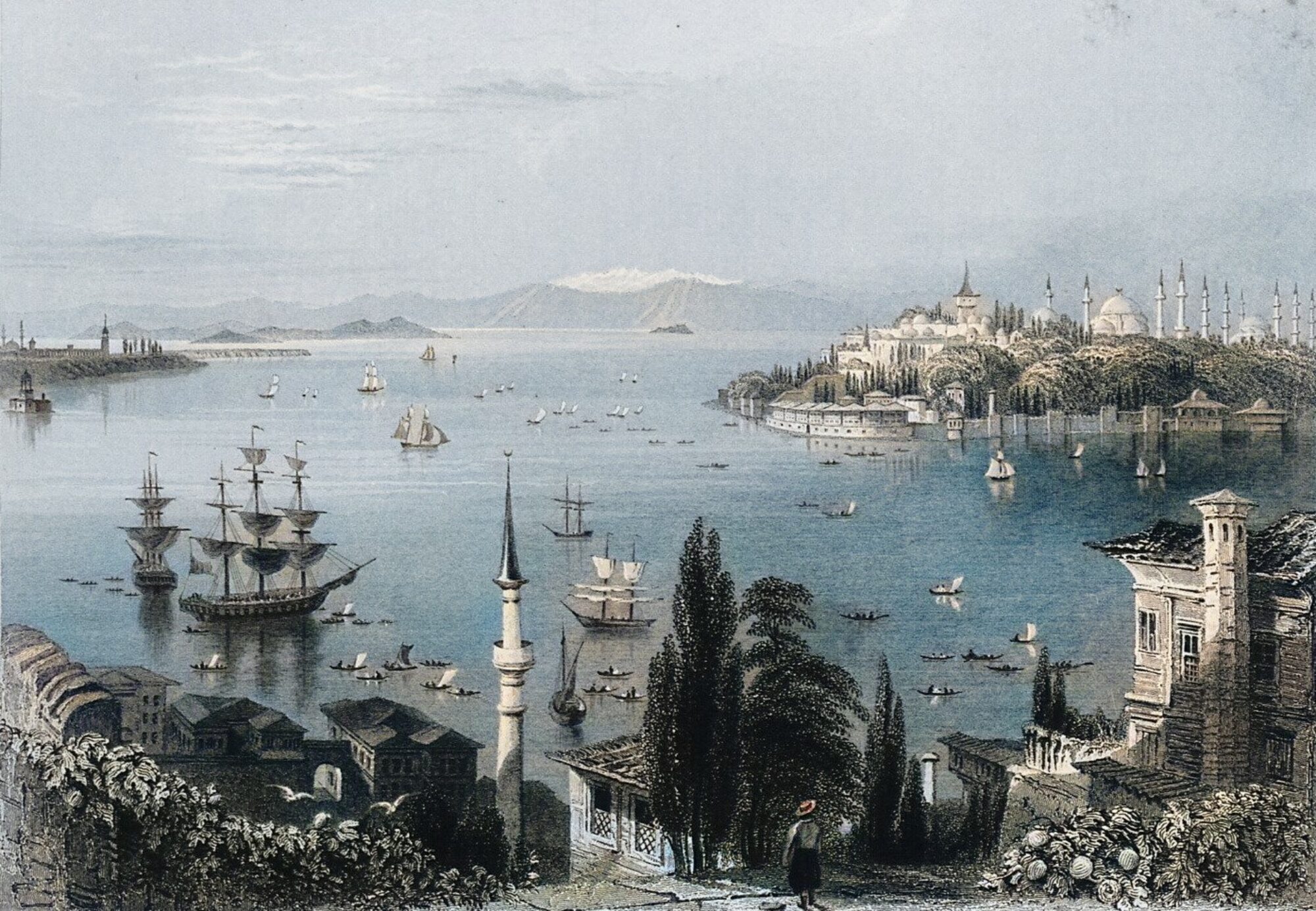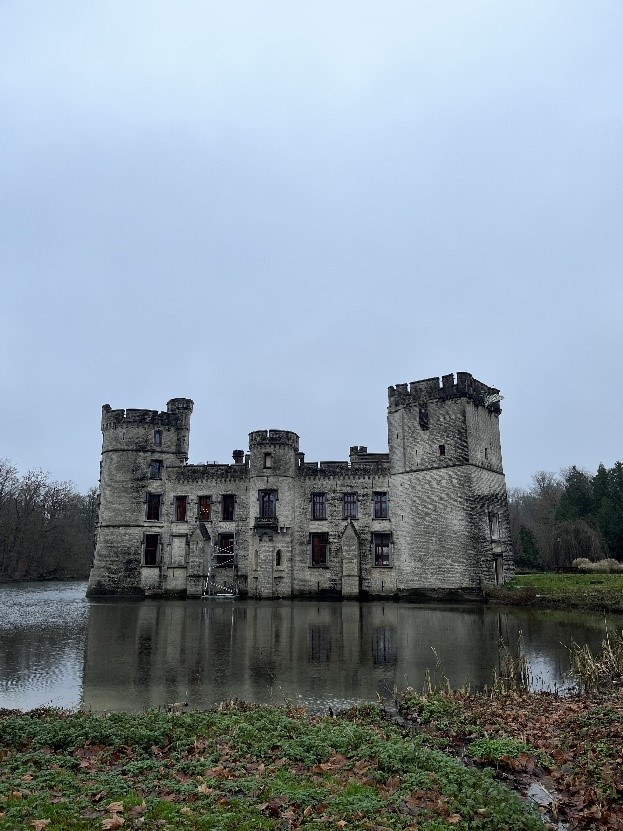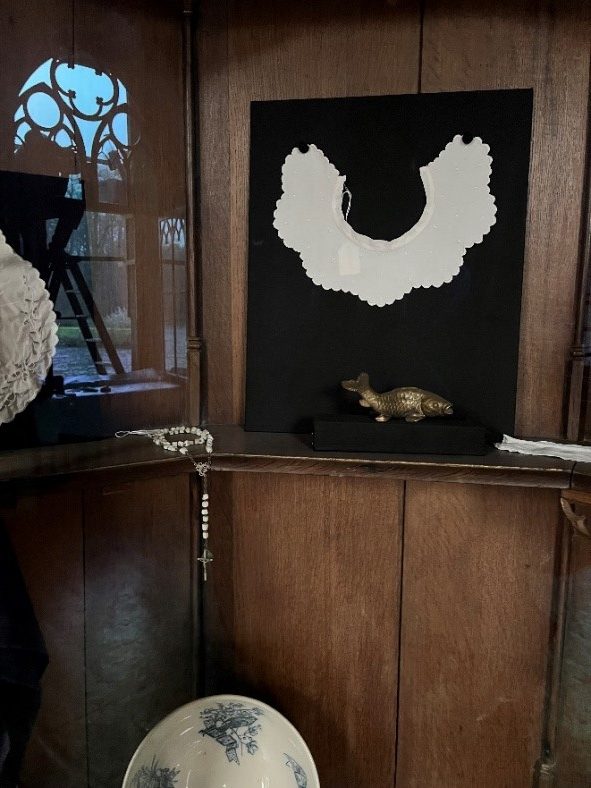By Adi Tufek
As I wander through the deserted Meise Botanic Garden on a freezing December morning, I read about the fictional king Amaryllo, who serves as a stylized guide for the youngest visitors of the former royal grounds. Situated just north of Brussels, I learn that it is now home to more than 20,000 plant species. The booklets, available at the non-fictional-Keizerin-Charlotte entrance, also inform guests that the 92-hectares estate is a place with deep roots.
While the quippy metaphor from the guide was aimed at the plants in the garden, it is the history of one particular building of the estate—Bouchout Castle—that prompts my early visit. According to the plaque positioned next to a model of the castle, the structure dates to the 12th century. It was possessed and renovated by several noble families over the years and came into its definite neo-Gothic form in the early 19th century. The Belgian royal family acquired the domain in 1879, transferring it to the Belgian State in 1938, which finally transformed it into a botanical garden. Although the castle underwent significant structural renovations in the 1980s, the presence of scaffolds and ladders indicates that ongoing works are still in progress.
I also learn that the toponym Bouchout is likely to be etymologically related to boek, the Flemish word for the beech tree. Somewhere amidst my reflections on the multilingual landscapes of modern-day Belgium, rootedness, and uprooting, I recall Aleida Asmann’s iteration of a botanic comparison made by Sir Thomas Browne, a 17th-century English polymath:
There is no antidote against the Opium of time, which temporally considereth all things; Our Fathers finde their graves in our short memories, and sadly tell us how we may be buried in our Survivors. Grave-stones tell the truth scarce fourty years: Generations passe while some trees stand, and old families las not three Oaks.
Assmann refers to his gloomy vision in order to emphasize the indispensable function of oblivion in cultural memory. However, I enter the castle with a different motivation: to explore what is remembered. Between 1879 and 1927, the building was home to Charlotte of Belgium (1840-1927), a Belgian princess, Archduchess of Austria and Empress of the Second Mexican Empire (1864-1867)—the focus of my academic interest. After returning from the other side of the Atlantic and unsuccessfully seeking help for her husband, Maximilian of Habsburg, from Napoleon III in France and Pope Pio IX in the Vatican, Charlotte was sent to Miramare in Italy and subsequently brought back to Belgium by her brother. Carlota, as she is known in the Spanish-speaking world, spent the years after her husband’s execution in Mexico at three locations in Belgium: the Palace of Laeken, which is still the official residence of the Kings of the Belgians; the Pavilion of Tervuren, which burned down in 1879; and Bouchout Castle, where she resided for nearly five decades. Maximilian’s widow, tormented by psychological problems and the failure of the imperial project orchestrated by Mexican conservatives, Napoleon III, her husband and herself, would spend her days embroidering, drawing, and playing the piano.
The castle’s ground floor is almost entirely dedicated to the history of the Botanical Garden. Visitors can peruse the biographies of notable Belgian explorers and botanists, echoes of colonial aspirations and exotic discoveries. It is only on the left side, in the Blue Salon hidden behind a massive wooden door, that more about Charlotte is presented. Maximilian’s drawn portrait, some of Charlotte’s belongings and several informative panels are all that remains of castle’s royal resident. As I gaze out through the large windows at the austere pond, backdropped by the deciduous forest behind it, accompanied by the quacking of ducks that use the ancient castle grounds, I imagine the frame that must have surrounded Charlotte during her hours in the Blue Salon, supposedly her favourite room in Bouchout. Mounted on the ceiling, the coats of arms of the eight families that once owned the place overlooked the princess whose life is habitually summarised as tragic.
Charlotte passed away in January 1927 at the age of 86, having outlived her husband Maximilian and her husband’s brother Franz Joseph I (Emperor of Austria and King of Hungary), as well as his wife Empress Elizabeth, commonly known as Sisi. She also outlasted her brother Leopold II of Belgium, Napoleon III (the last French monarch), Pope Pius IX, and Benito Juárez and Porfirio Díaz, who ruled Mexico after the downfall of the Second Mexican Empire. The woman secluded at the royal estate on the outskirts of Brussels was, thus, one of the last major actors of the ephemeral 19th-century Mexican enterprise. A constant witness of turbulent political history stashed away in a castle by a pond. Her body was buried at the Royal Crypt of the Belgian ruling family beneath the Church of Our Lady of Laeken, located only a few kilometres from the castle.
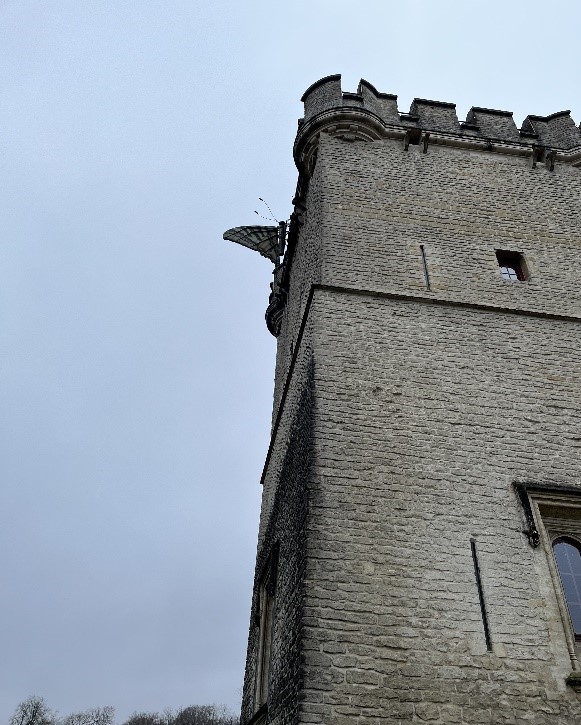
During Charlotte’s stay, as geopolitical rearrangements were reshaping established power hierarchies, Bouchout Castle served as a spatio-temporal asylum for the living memory of the last imperial project executed in Mexico, an island providing shelter to the long 19th century that was coming to its end. The castle’s hauntological extraterritoriality is reflected in a widely retold episode from WWI: when German officers, on their way to occupy Belgium, noticed the Austro-Hungarian flag on the castle’s roof and learned of its resident, orders were given to leave the place untouched. Nowadays, no national flag flies over Bouchout Castle. There is only a giant Kafkaesque butterfly resting on one of its towers, a displaced materialization of concomitant imperial, colonial, entomological and botanic histories.
On my way back, I pass by the art exhibition inspired by the Green Man motif, set along the tree-lined avenue connecting the castle with the entrance to the Botanic Garden. The pairs of masks representing the duality of winter and spring, created by a series of local artists, follow me as I advance toward the exit. In the Epilogue to his recent book, The Last Emperor of Mexico , Edward Shawcross described Charlotte’s funeral procession and the villagers who lined the road near the castle to bid farewell to their deceased noble neighbour. Shawcross’ words conjure townsfolk into the empty eyes of the masks for a brief moment, a flash of memory I could not possibly have. Empty masks for a funeral procession lost to time.
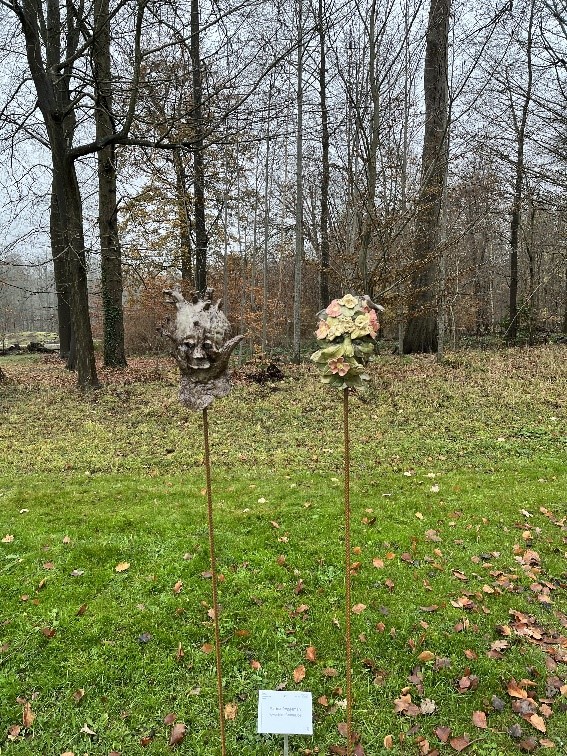
Before departing, I inspect the gift shop. There, I discover cards adorned with organic patterns, typical postcards featuring the castle, botanic illustrations, and gardening tools, even plants, but no trace of the former royal resident of Bouchout Castle. In contrast to the commercialization of Sisi’s memory in Vienna, there appears to be no commodification of Charlotte’s presence on the estate-turned-botanic garden. With a couple of souvenirs in my pockets, as I am nearly leaving the premises, a solitary sculpture of a middle-aged woman catches my attention. Resting on a bench among the plants, it would be an appropriate visualization of the ‘’eternal present, without beginning or end—the living memory of a whole century frozen in time,’’ as Fernando del Paso described Carlota in News from the Empire, a 1987 novel that marked a turning point in the representation of the Empress in Mexican culture. When I approach the figure, I notice it is not Charlotte, but I read the name of the work nonetheless. Fertility, reads the plaque. Ironically, it is the question of Charlotte’s capacity to deliver an heir to the newly established throne that has operated as one of the central figures of memory concerning the Belgian princess.
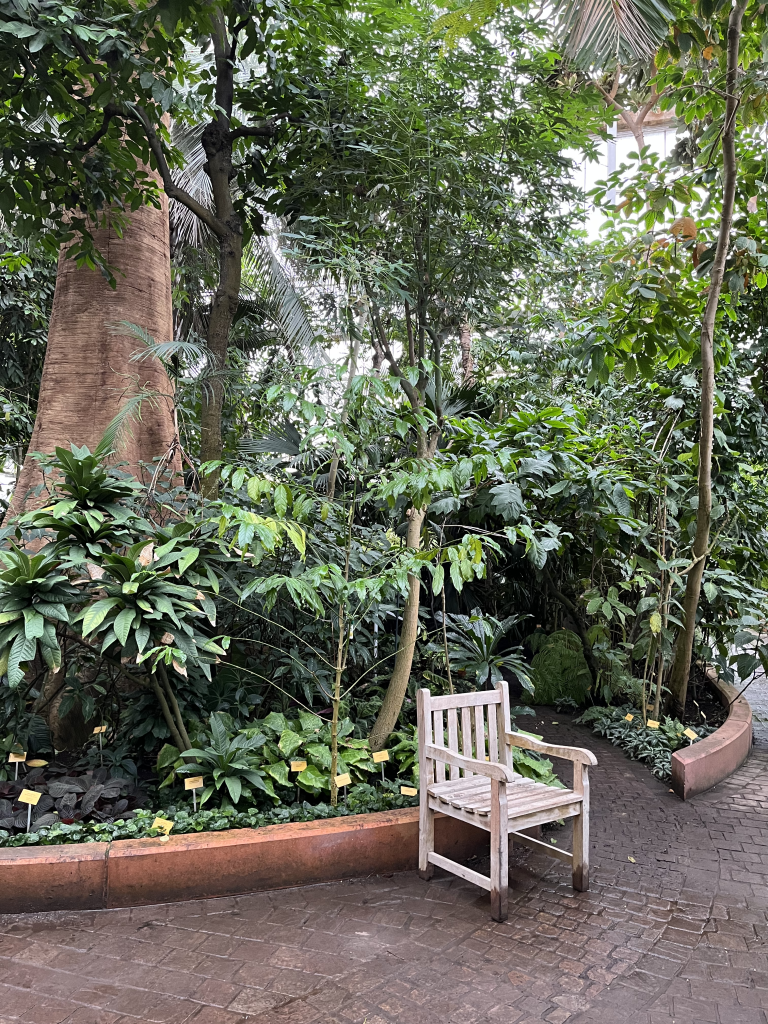
References
- Aleida Assmann, Shadows of Trauma: memory and the politics of postwar identity (Ney York: Fordham University Press, 2015).
- Edward Shawcross: The Last Emperor of Mexico (New York: Basic Books, 2021).
- Fernando del Paso: News from the Empire (Champaign/London: Dalkey Archive Press, 2009, 375).
